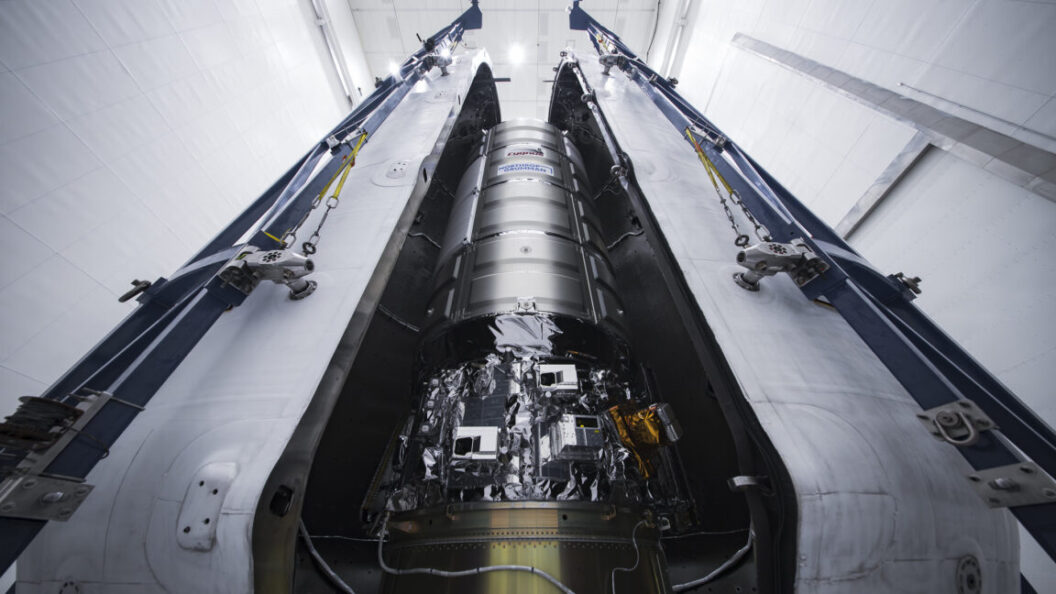Record-Setting Resupply Mission to the International Space Station
On Sunday evening, a SpaceX Falcon 9 rocket successfully launched Northrop Grumman’s Cygnus supply ship, marking the start of a historic resupply mission to the International Space Station (ISS). The mission, designated NG-23, promises to deliver a record-setting 10,827 pounds (4,911 kilograms) of cargo, the heaviest load ever transported during a commercial resupply flight.
The Launch
Following its launch from Cape Canaveral Space Force Station in Florida, the Cygnus spacecraft is anticipated to arrive at the ISS early Wednesday. NASA astronaut Jonny Kim will utilize the space station’s Canadian-built robotic arm to capture the ship upon its arrival, facilitating the subsequent unloading of its contents.
Cygnus XL: Enhancements and Significance
The newest iteration of Cygnus, dubbed Cygnus XL, features several enhancements over its predecessors. According to Ryan Tintner, Vice President of Civil Space Systems at Northrop Grumman, “The most notable thing on this mission is we are debuting the Cygnus XL configuration of the spacecraft. It’s got 33% more capacity than the prior Cygnus spacecraft had.” This enhanced capacity is crucial for increasing scientific research opportunities, as it allows for a greater amount of essential supplies to be delivered with each launch.
Design and Specifications
Resembling earlier models, the Cygnus XL maintains a central service module while incorporating an upgraded pressurized cargo module. This module has been extended by 5.2 feet (1.6 meters), making the spacecraft comparable in size to two Apollo command modules or equivalent to two-and-a-half minivans in volume. The design features distinctive circular solar arrays that enhance its operational capabilities in orbit.
International Collaboration
The cargo modules for the Cygnus spacecraft are constructed by Thales Alenia Space in Turin, Italy, and follow a design similar to the ISS’s permanent modules. The launch of Cygnus XL follows the unfortunate damage of a prior cargo module during shipping earlier this year, showcasing resilience in international collaboration and engineering.
The Broader Impact
As commercial partnerships like these evolve, they signify a growing trend toward privatization in space exploration. This mission not only illustrates technical achievements but also embodies the increasing efficiency in reducing costs per kilogram for NASA. By successfully executing high-capacity missions, companies like Northrop Grumman are positioned to meet the rising demands of scientific research and exploration.
Conclusion
The NG-23 mission serves as a testament to advancements in space technology and international cooperation, providing vital support for ongoing research at the ISS. With its heavier cargo loads and enhanced designs, the Cygnus XL mission is likely to set a precedent for future space missions, ensuring that the ISS continues to function as a hub for scientific innovation and collaboration.









